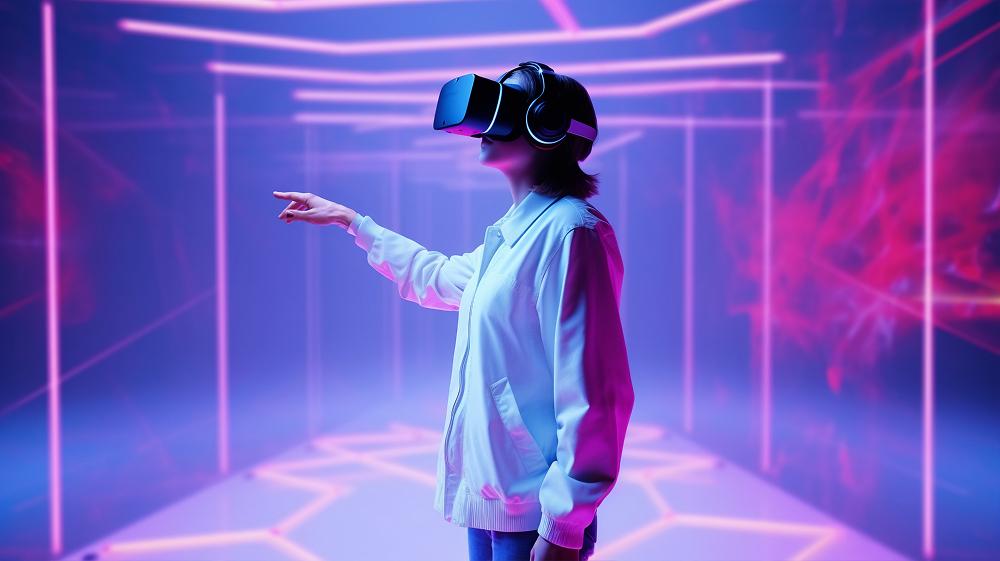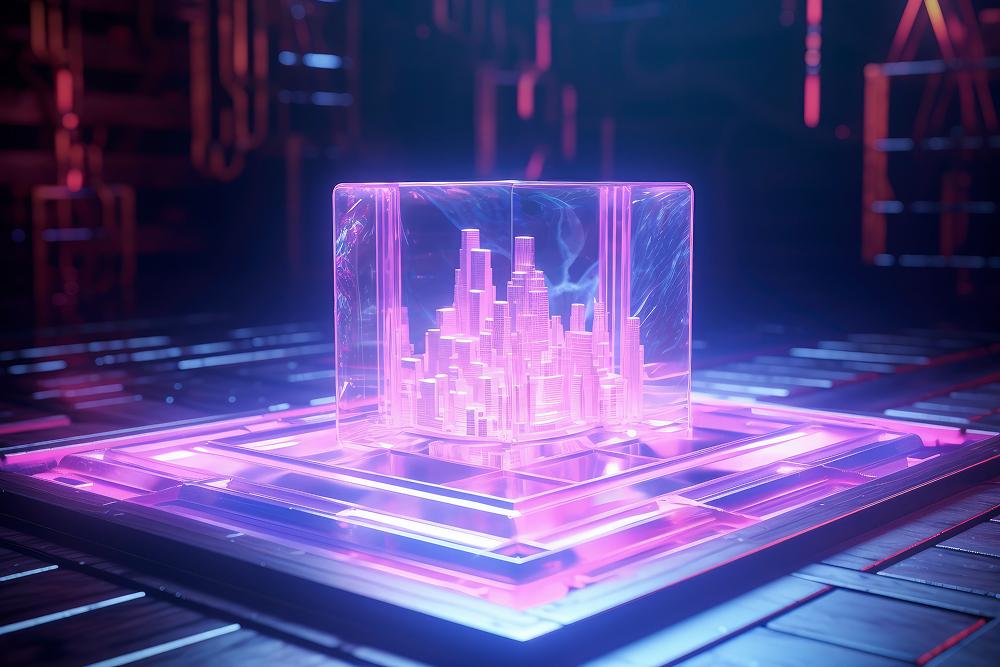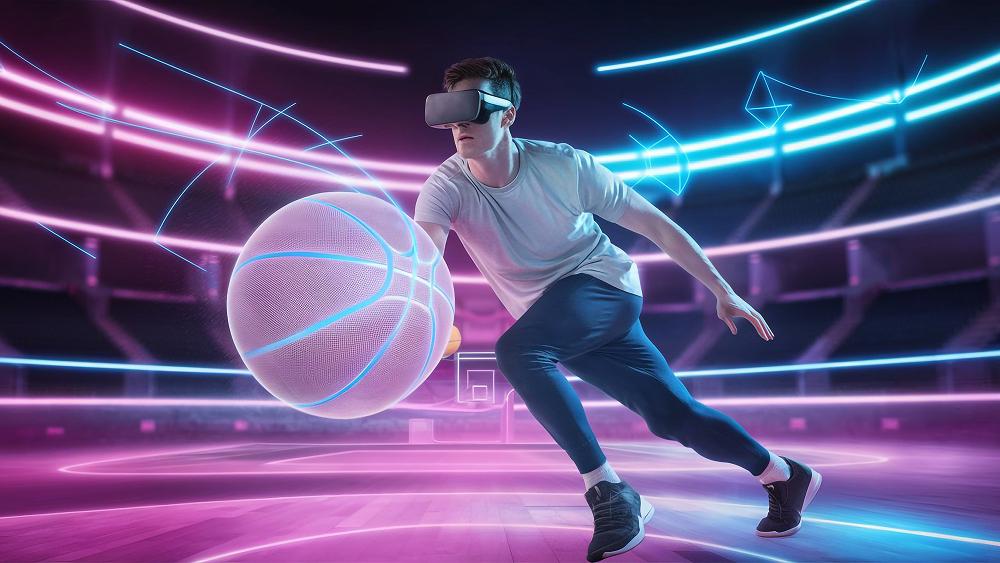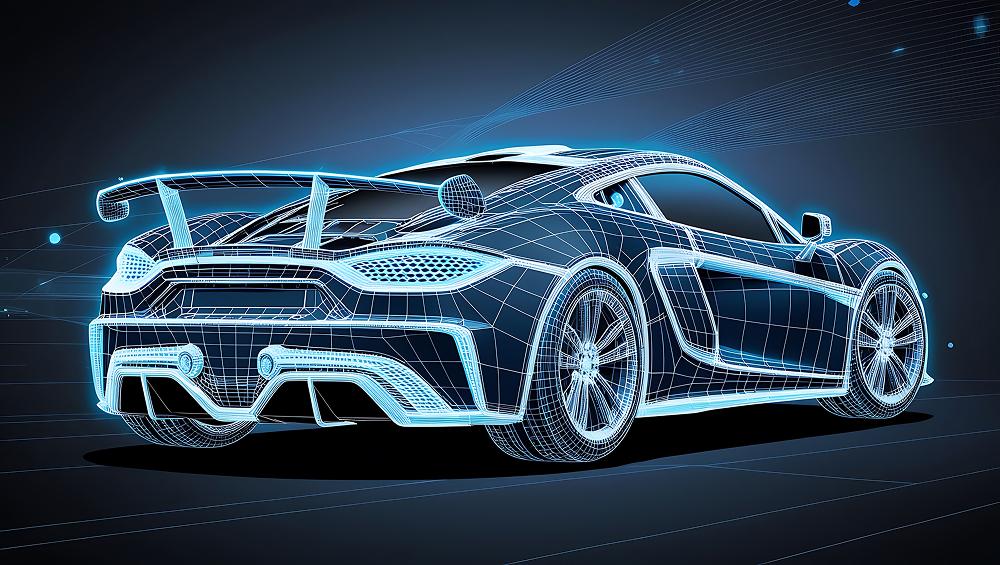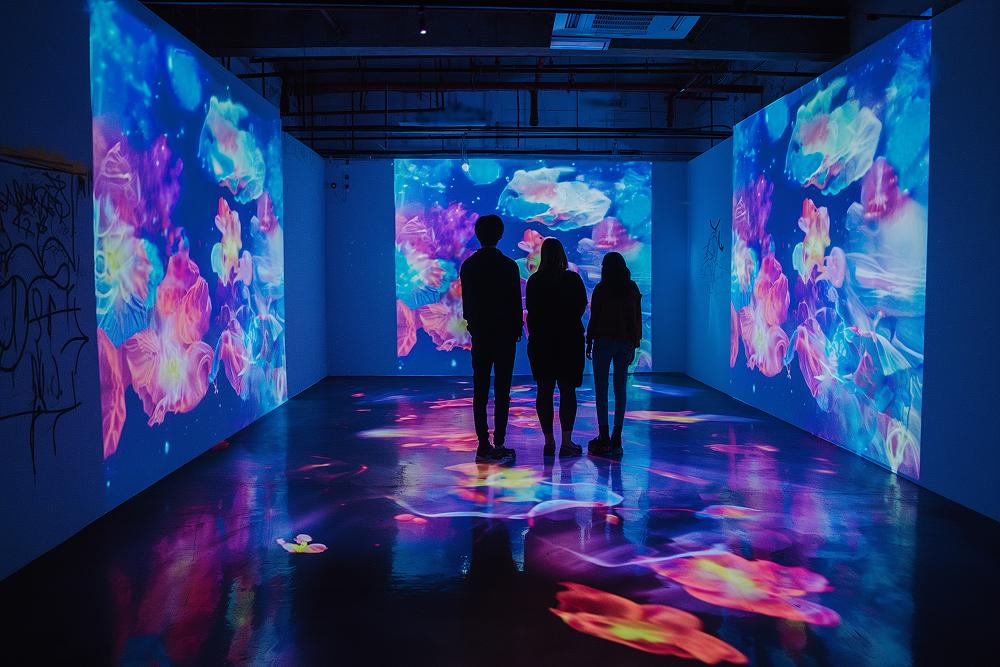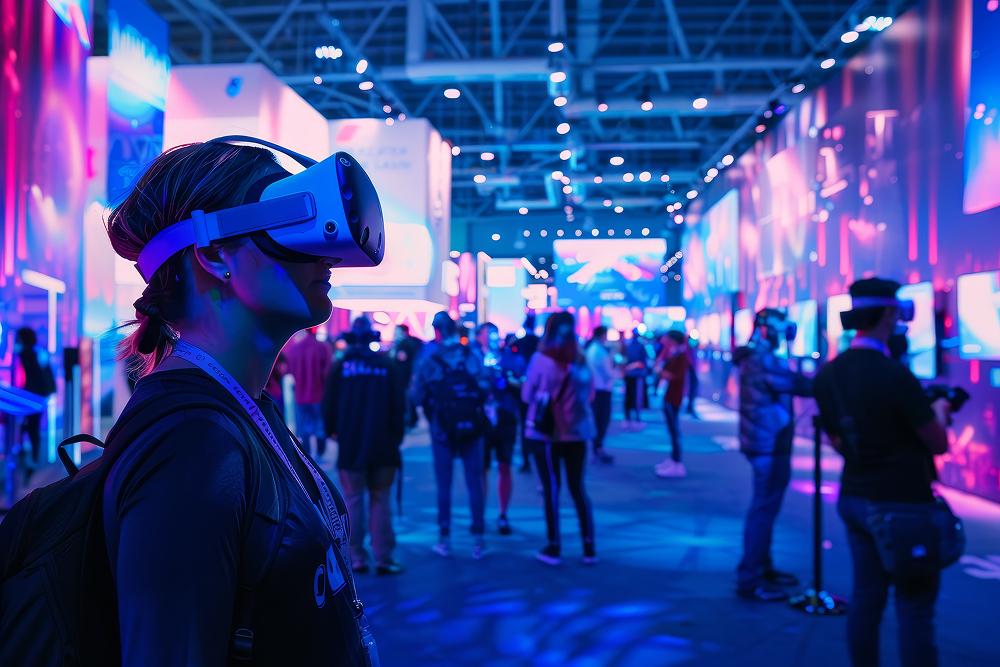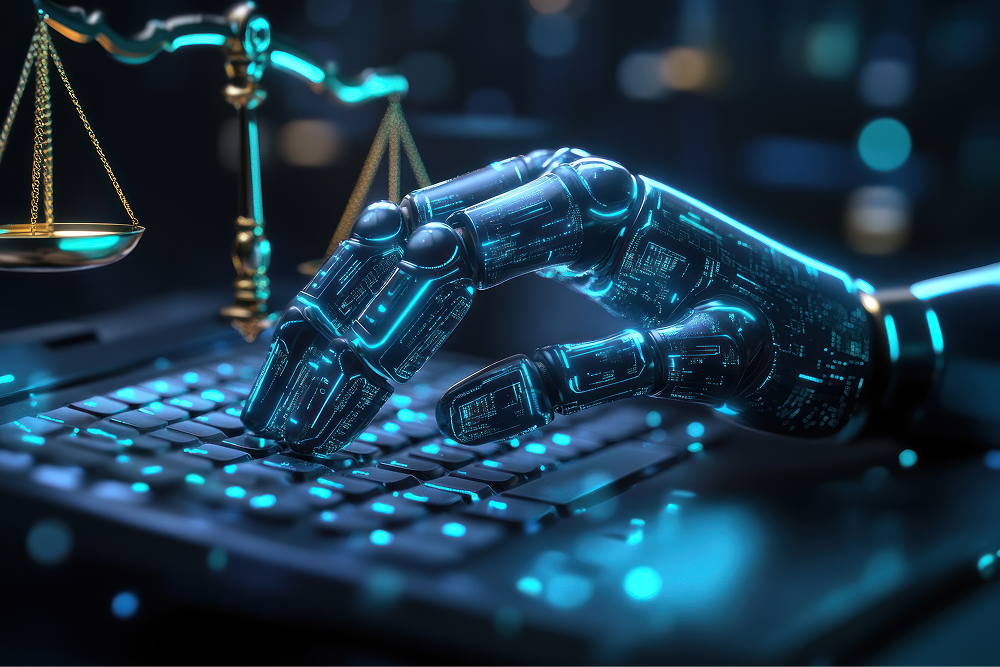Power Your Brand with Metaverse Development
Our Services
Features Added to Support Your Metaverse Development Projects
Effective Income from Metaverse



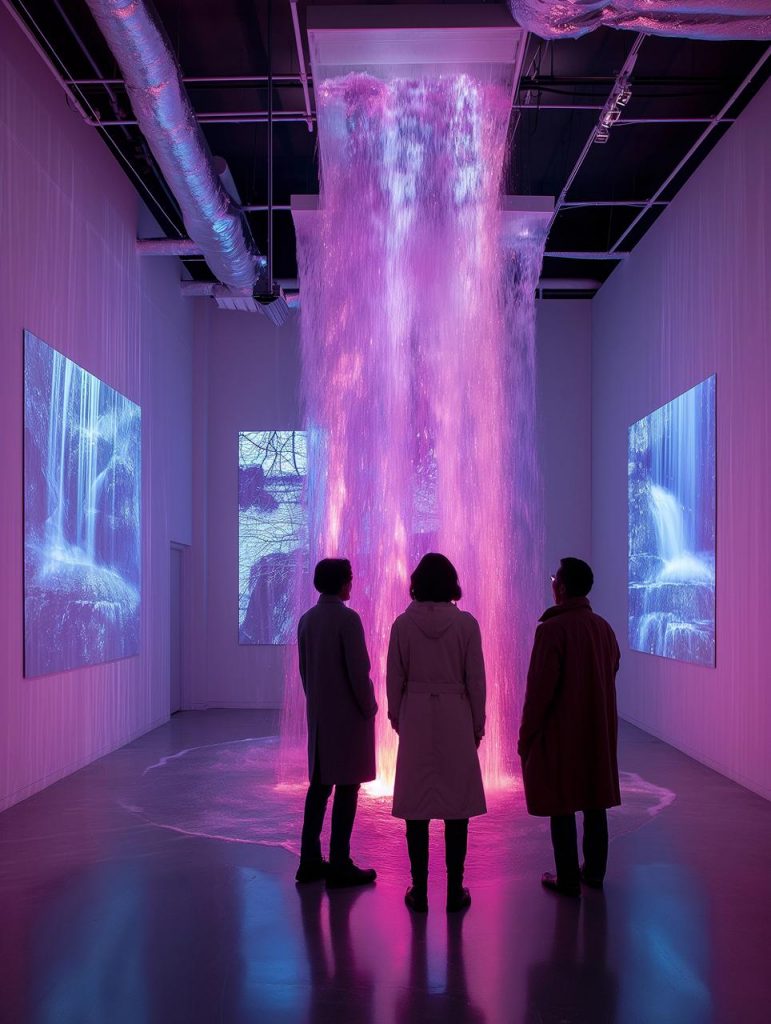
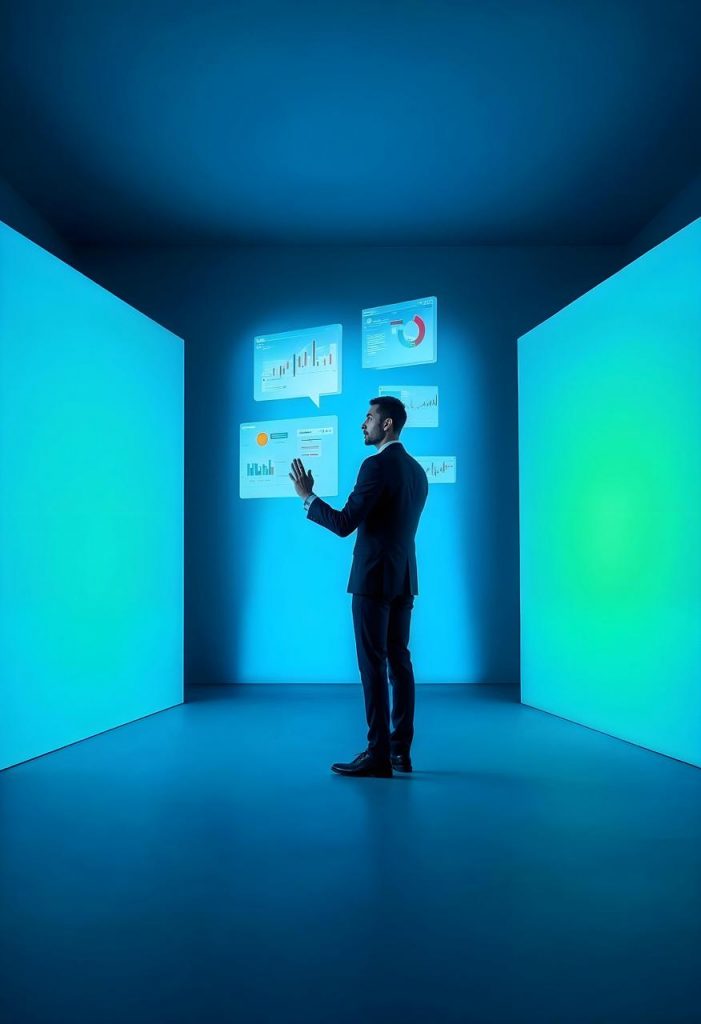

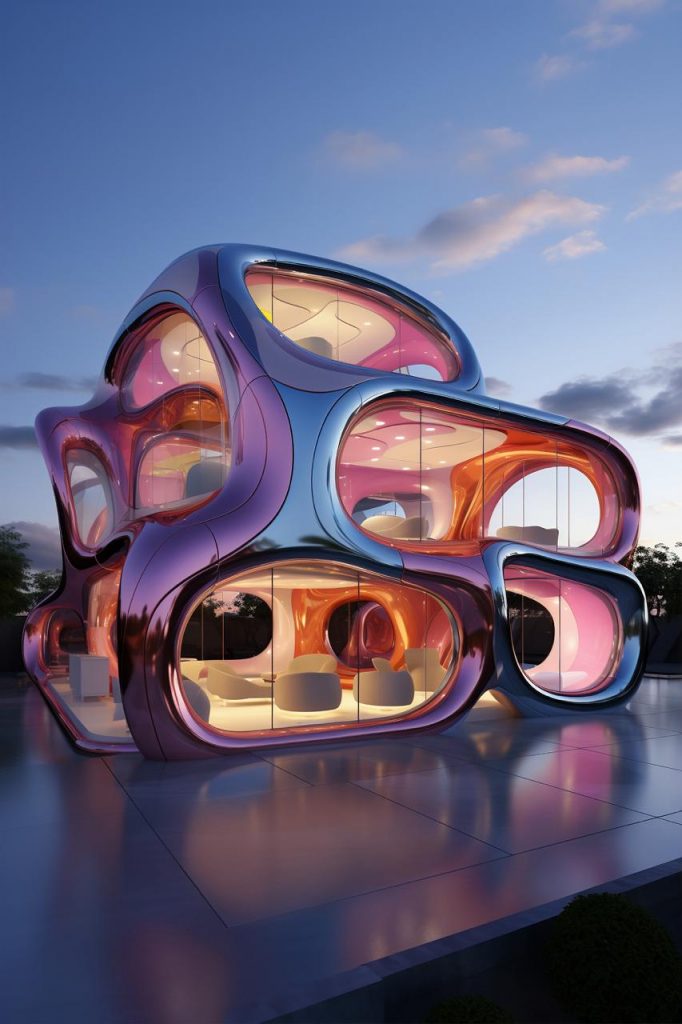



Metaverse Development Process
FAQ
The Metaverse is a collective, virtual shared space that integrates physical and digital realities, allowing users to interact in real-time. It combines augmented reality (AR), virtual reality (VR), and blockchain technology to create immersive environments where users can socialize, play games, conduct business, create content, and even trade digital assets like NFTs. It is often seen as the future of the internet, offering a 3D, interactive experience.
The internet, as we know it today, is primarily a 2D space where information is accessed through text, images, and videos. The Metaverse, on the other hand, is a fully immersive, 3D virtual space where users can interact with each other and digital objects in real-time. It blends the digital and physical worlds through VR and AR, allowing users to experience and navigate virtual environments rather than just viewing static content.
Examples of the Metaverse include platforms like Decentraland, where users can buy and sell virtual land; The Sandbox, which is a game and virtual world where players can create, own, and trade digital assets; and Facebook Horizon, which offers a social VR space. Additionally, Metaverse applications can be found in virtual reality gaming (like Fortnite or Roblox) and in blockchain-based platforms supporting digital assets like NFTs.
Metaverse development involves creating immersive virtual environments using technologies like VR, AR, blockchain, and 3D modeling. It encompasses building virtual worlds, developing avatars, integrating economic systems (such as NFTs and cryptocurrencies), and ensuring secure, decentralized interactions. Metaverse development also includes creating social spaces, digital marketplaces, and platforms where users can interact, play, trade, or work.
The cost of developing a Metaverse application can vary widely based on factors such as complexity, platform (VR or AR), features, and integration with blockchain or NFTs. Basic Metaverse apps may start at $50,000 to $100,000, while more sophisticated environments with high-end graphics, complex integrations, and features like VR/AR could range from $250,000 to several million dollars. The price depends on the scope of the project and the technology stack used.
Start by defining your goals and understanding the specific needs of your target audience. Identify the platform (VR, AR, or both), the type of experiences you want to offer (gaming, social interaction, commerce), and the technologies required (such as blockchain, AI, or 3D modeling). Building a prototype or proof of concept will help refine your vision and understand technical challenges before committing to full-scale development.
The timeline for building a Metaverse application depends on the project’s complexity. A simple virtual environment or basic game may take 3-6 months, while a fully interactive Metaverse with social spaces, economic systems, and virtual real estate could take 12-18 months or longer. Development timelines also vary depending on the size of the team and the resources dedicated to the project.
The Metaverse is applicable across various industries, including gaming, entertainment, e-commerce, real estate, education, healthcare, finance, and tourism. Companies can use the Metaverse for virtual stores, digital assets (NFTs), virtual meetings, remote healthcare, educational experiences, virtual conferences, and even digital art galleries. Its applications are expanding rapidly across numerous sectors, offering new opportunities for interaction, commerce, and creativity.
Several key technologies are powering Metaverse development, including virtual reality (VR), which provides immersive environments; augmented reality (AR), which overlays digital content on the real world; blockchain, enabling secure transactions and the creation of digital assets like NFTs; and artificial intelligence (AI), which powers NPCs (non-playable characters) and virtual assistants. Additionally, cloud computing and 5G networks are essential for ensuring seamless performance, low latency, and scalability of Metaverse platforms.


